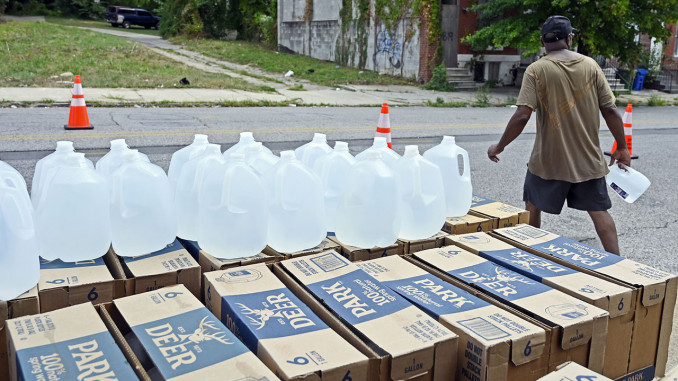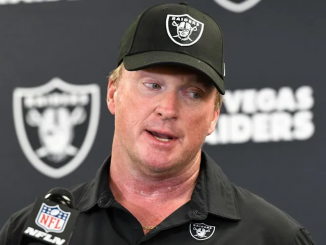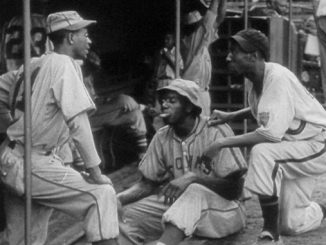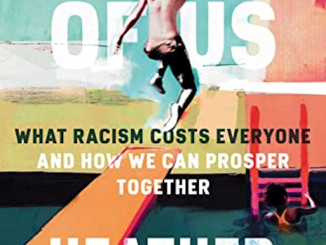
Positive samples of E. coli in drinking water were detected beginning on Friday, September 2 in Baltimore’s Harlem Park/Sandtown-Winchester neighborhood, an overwhelmingly Black area with some of the city’s highest rates of poverty. The first public announcement was released on Monday, when the Department of Public Works posted on social media that residents in a 56-block area were under a mandatory boil water order, and residents of a much larger swath of the city and surrounding counties should boil water as a precautionary measure. On Tuesday, the staffs of dozens of schools received instructions that students were not to drink or wash with water from the schools’ faucets.
As of Thursday Sept 8, the precautionary boil water advisory area had been reduced in size substantially and no confirmed infections had been reported, but the city had still not determined the source of the contamination and many thousands of West Baltimore residents remain unable to safely drink their water.
While Baltimore officials claim that their response to the crisis has complied with policy, residents do not feel the city has been working hard enough to keep them safe and informed. Many people throughout the advisory zone, including those living in public housing just blocks from the positive detections, learned about their possibly contaminated water only through word of mouth, over 24 hours after the official announcement. In addition, the official clean water distribution sites were scarce and inaccessible to many, and implemented a 3-gallon per household limit — an exceptionally small amount for a family to use to bathe, cook, and drink. Instead, the most urgent and effective responses to keep communities safe, hydrated, and informed have come from regular people and grassroots organizations, including water delivery efforts from We Keep Us Safe Collective and Organizing Black.
This crisis is another case of governments in Baltimore and elsewhere failing to provide adequate services and maintain functional infrastructure. Baltimore’s water pipes are on average 75 years old, so a contamination event was all but inevitable; and just months ago, a major wastewater treatment plant of the city was deemed to be a public health risk destined for catastrophic failure when it was found to be dumping partially treated sewage into Back River and the Chesapeake Bay.
It is also clear that Baltimore’s infrastructure problems are exacerbated by institutional racism. The city has a majority Black population. And with its high poverty rate, it lacks the resources to provide the housing and infrastructure to keep its people safe. Meanwhile, in Jackson, MS, climate change, racism, and poverty together have contributed to a complete failure of its water system lasting weeks and continuing to the present. And in recent years, other cities with a majority population of people of color, Flint, MI and Newark, NJ, have had major health crises in their water systems.
This is not just a Jackson or Baltimore or Flint or Newark problem. The United States is the wealthiest country in the history of the world. But the wealthiest One Percent keep getting richer, while the rest of us suffer. And it’s well known that the nation’s infrastructure has been crumbling for decades. And this is impacting people of color and poor people — whether working or not — the hardest.
Local government officials should at least keep us informed in an emergency, which they have done poorly in Baltimore. But they don’t have access to the kind of resources needed to solve our urgent problems, like modernizing our water systems. There’s a long history of local, state, and federal officials blaming each other for such crises. They know that our infrastructure is aging, and the climate crisis and its compounding effects means that failures like Baltimore’s and Jackson’s will only accelerate as long as the One Percent and their lackeys are in charge.




